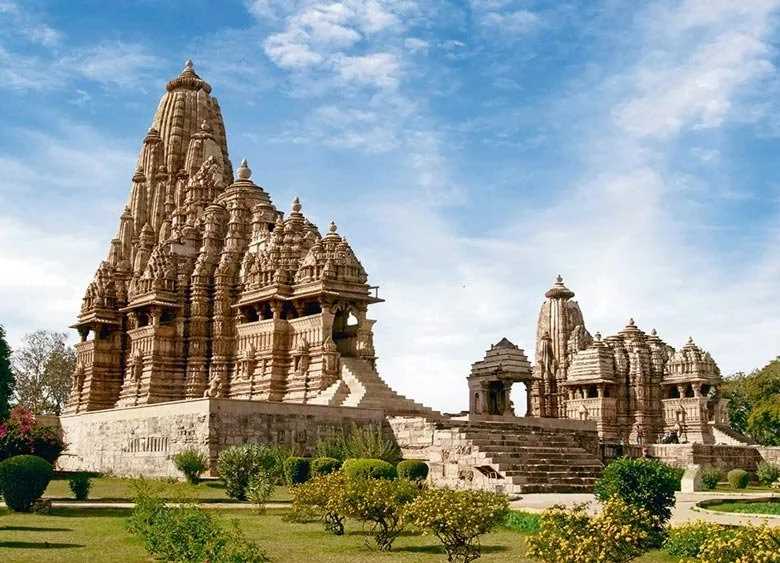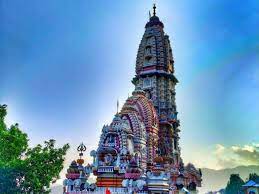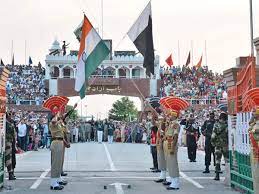Khajuraho Temples: History, Architecture and More

A proof of culture that survived civilisations and still stands with pride denoting the rich culture of our ancestors. A well-known cluster of temples, where tourists from far and wide come to admire a form of architecture that is different from the conventional temple designs. A structure that depicts human emotions and aesthete in a story sewed together through beautiful carvings. About 50 km from the Chhatarpur city in Madhya Pradesh, Khajuraho Group of Monuments, a UNESCO World Heritage Site, was a complex of 85 temples out of which only 25 were able to stand the test of time. These temples are dedicated to two religions Hinduism and Jainism.
The Tales of the Past

These temples were built by the Chandela Dynasty between 950 CE and 1050 CE. The historians still scratch their heads to the questions as to why the Chandelas built monuments that represented carvings of various forms of human passion. The commonly believed legend around the place is of Hemavati, known for her youthful beauty, was seduced by the Moon. It so happened that once she was bathing in the dark under the moonlight when the moon was enchanted by her beauty and seduced her. Hemavati ran to the forest after she bore the child of the Moon, as the child was out of wedlock and she believed that he would not be accepted by the society. She raised her son, Chandravarman alone. The Moon, however, blessed the child that he would grow up to be a ruler of a kingdom. The prophecy of the moon did come to be true, Chandravarman established the Chandela Dynasty. It is said that he was influenced by his mother’s story, who after her death visited him in his dream and asked him to tell the world the story of her romance with the Moon.
No one knows the real story behind these enthralling monuments but historians speculate that the temples depict the Hindu philosophy of Dharma, Artha, Kama and Moksha i.e. to attain moksha (freedom from the cycle of birth and death) you have to get over the worldly pleasures.
Architecture

The temple, made out of granite and sandstone, follows the Nagara architectural style. The presence of both male and female deities signifies the co-dependence of the male and female power. Other than the temple of Chaturbhuja, all the other temples face the east, a common aesthetic of Hindu temples. The complex is divided into three zones in the form of a pentagon. The Western and the Southern part are dedicated to Hindu God and Goddesses while the Eastern group of temples were built for the Jains.
Despite the common reason for Khajuraho being a tourist attraction are the erotic carvings but surprisingly only 10% of the carvings in the temple are erotic. There are various other carvings that depict the daily life of humans and also celebrate the beauty of femininity. These sculpture appear to alive and moving, telling the admirers a story of the life of the Chandela people. In fact, there is no other place like Khajuraho where sculptures portray all kinds of human emotions with such great excellence. These temples also seem to celebrate women in her varied forms.

How to Reach Khajuraho Temple
Nearest Bus Stand
Direct buses are available from Delhi, Agra, Varanasi and many other cities. The Khajuraho bus stand is 1 km from the Khajuraho Temple.
Nearest Railway Station
The Khajuraho Railway Station is 5 km from the Temple complex.
Nearest Airport
Khajuraho Airport is really close to the temple. Direct flights from Delhi and Varanasi are available.
You may like post

A JOURNEY THROUGH COUNTRIES THAT START WITH K
Discovering Countries That Start with K

INDIAs SACRED UNESCO WORLD HERITAGE SITES
Explore India’s Temple-based UNESCO World Heritage Sites









